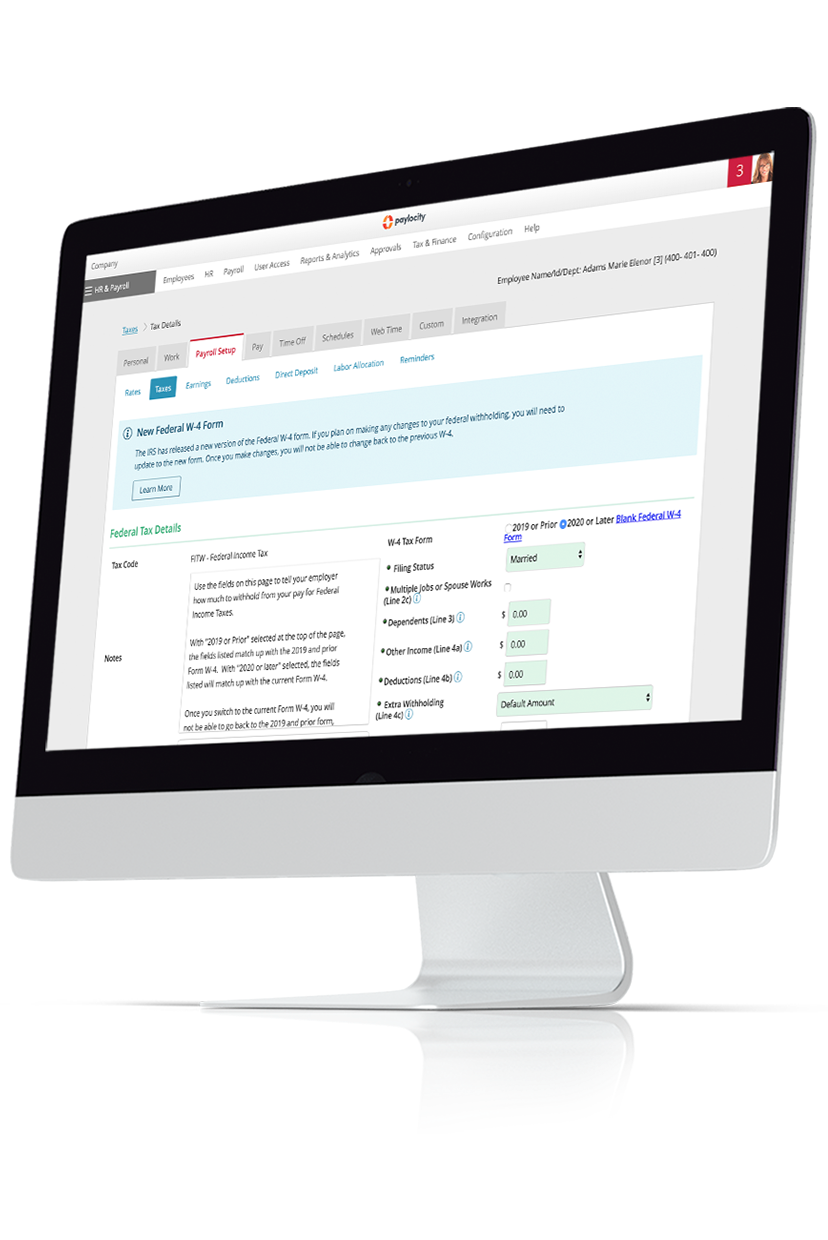There are more than a dozen versions of Form-1099, each with different purposes and requirements. For example, the newest version is Form 1099-NEC, which was established in 2020 as the independent contractor tax form for payers to use with nonemployees.
For a complete list of all the different versions, use the IRS' General Instructions for Certain Information Returns.
|
Tax Form |
Name |
Description |
Minimum Reportable Amount |
Distribution Deadline |
|
A |
Acquisition or Abandonment of Secured Property |
Property acquisition or abandonment that's security for a debt for which you're the lender |
Any |
January 31 |
|
B |
Proceeds From Broker and Barter Exchange Transactions |
Sales or redemptions of securities, futures, commodities, and barter exchanges |
Any |
February 15 |
|
C |
Cancellation of Debt |
Cancellation of a debt to a financial institution, the federal government, a credit union, etc. |
$600 |
January 31 |
|
DIV |
Dividends and Distributions |
Distributions (e.g., dividends, capital gains, etc.) paid on stock and liquidation distributions |
$600 (liquidations)
$10 (all other types) |
January 31 |
|
G |
Certain Government Payments |
Unemployment compensation, state/local income tax refunds, agricultural payments, etc. |
$10 |
January 31 |
|
INT |
Interest Income |
Interest income, including tax-exempt interest or U.S. Savings Bonds |
$10 for most types, but $600 for some |
January 31 |
|
LTC |
Long-Term Care and Accelerated Death Benefits |
Payments under a long-term care insurance contract and accelerated death benefits paid under a life insurance contract |
Any |
January 31 |
|
MISC |
Miscellaneous Information |
Miscellaneous information that doesn't fit into another version of this form |
$600 for most compensation, but $10 for royalties |
January 31 |
|
NEC |
Nonemployee Compensation |
Payments for services performed by nonemployees and aggregated direct sales of consumer resale goods |
$600 (nonemployees)
$5,000 (aggregated direct sales) |
January 31 |
|
OID |
Original Issue Discount |
Original issue discounts, including the tax-exempt and U.S. Treasury tax obligations |
$10 |
January 31 |
|
Q |
Payments From Qualified Education Programs |
Earnings from qualified tuition programs and Coverdell Education Savings Accounts |
Any |
January 31 |
|
R |
Retirement Distributions |
Distributions from retirement or profit-sharing plans, IRAs, insurance contracts, etc. |
$10 |
January 31 |
|
S |
Proceeds From Real Estate Transactions |
Gross proceeds from the sale or exchange of real estate and certain royalty payments |
$600 |
February 15 |
What Are Form-1099's Filing Requirements?
Payers must complete a Form-1099 for all covered transactions they make with a payee, and each form has up to four copies: one for the payer's records, one for the payee's records, one for the IRS, and one for the state, if necessary.
This can become a lot of paperwork for companies or payers who pay hundreds, if not more, payees every year. If you're filing over 10 Form-1099s total, the IRS requires you to file them electronically instead of on paper. If you have fewer than 10 forms, you must not only physically file paper forms but also file a Form-1096, which acts as a summary of everything contained within the 1099s.
Form W-9
Before a payer can file a Form-1099, payees need to provide a taxpayer identification number (TIN) on their completed W-9 form. This ensures the IRS knows who received payment when calculating the corresponding Self-Employed Contributions Act (SECA) taxes (e.g., Medicare and Social Security).
Unlike hired employees, payers do not process and remit these taxes on a 1099 contractor’s behalf. So to guarantee the IRS knows how much an individual owes in SECA taxes, her or his TIN must be on the submitted Form-1099. If the 1099 contractor doesn’t have or provide a TIN, the payer can withhold 24% of the payment and remit it to the IRS in lieu of SECA taxes (a.k.a., backup withholding).
Form-1096
As mentioned above, Form-1096 is for payers filing paper copies of Form-1099 instead of filing electronically. Form-1096 summarizes all the information on the submitted Form-1099s and is only shared with the IRS.
One very important thing to remember is the IRS considers each version of Form-1099 (NEC, MISC, R, etc.) a different type of return. Payers must file a Form-1096 for each type of Form-1099.
For example, if Payer A needs to file 8 Form 1099-NECs and 6 Form 1099-MISCs, she or he would also need to file two Form-1096s (one for the NEC versions and one for the MISC versions). Likewise, if Payer B only has to file one Form 1099-R and 9 Form 1099-NECs, she or he would still need to file two Form-1096s.
As you may expect, Form-1096s have the same deadline as the Form-1099s they summarize.
Are there any penalties with Form-1099?
The amount of a 1099 late filing penalty varies based on the calendar year for which the form is being filed and how far past the deadline the form is finally submitted.
For example, when filing a 2024 Form-1099, the late fee is $60 per form if the form is filed within 30 days of the deadline. That increases to $130 if the form is filed between 31 days late and August 1, after which it increases again to $330. If an employer chooses not to file Form-1099 altogether, the penalty becomes $660 per form.
What's the difference between Form W-2 and Form-1099?
Form W-2 reports employed income from a salaried or hourly job, while Form-1099 reports non-employed income, such as interest payments or 1099 independent contractor earnings. There are several different types of Form-1099 to accommodate several different types of income a person can receive.
How do I file Form-1099?
If you are filing fewer than 10 Form-1099s total for a calendar year, you will need to print out each one and mail them with a Form-1096 to the IRS. If you are filing over 10 of them total, you can file the forms electronically on the IRS' site and no Form-1096 is required. Of course, the IRS encourages these forms be filed electronically, even if you have less than 10. This ensures the forms are processed efficiently and accurately.

